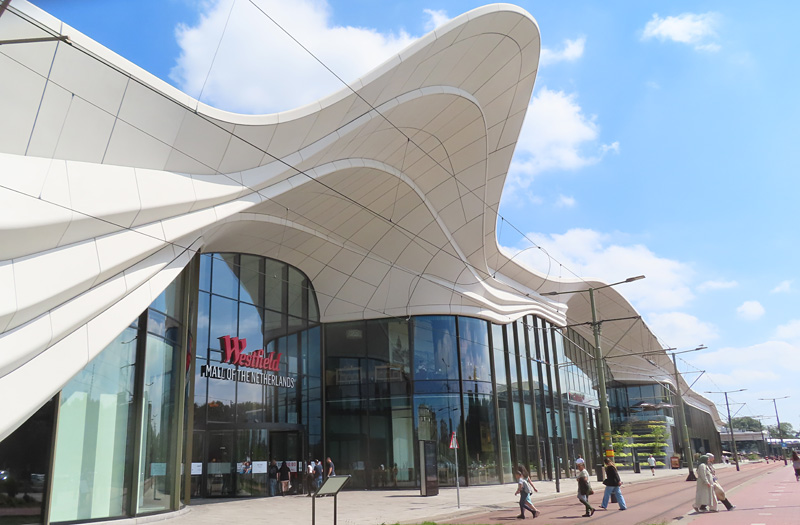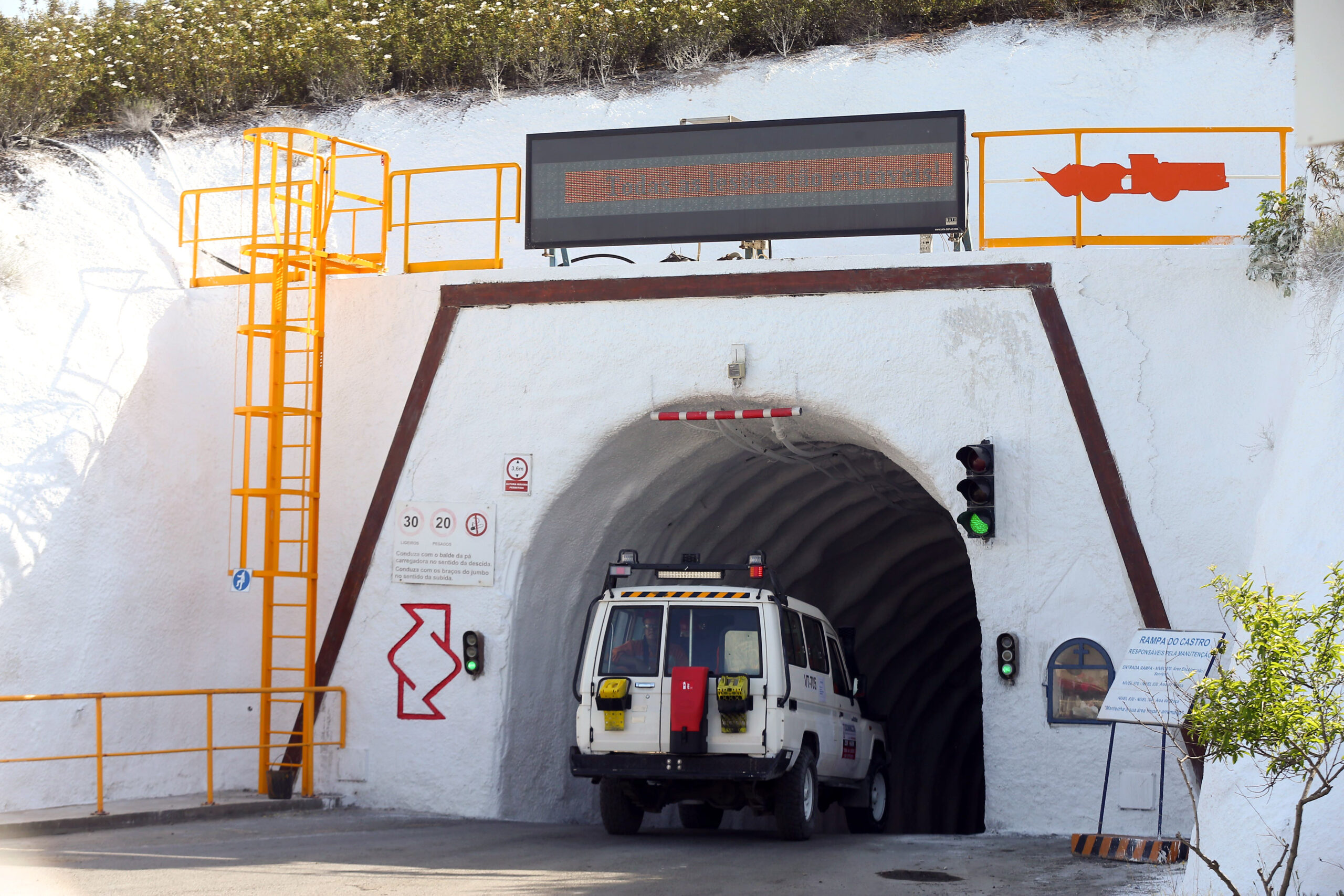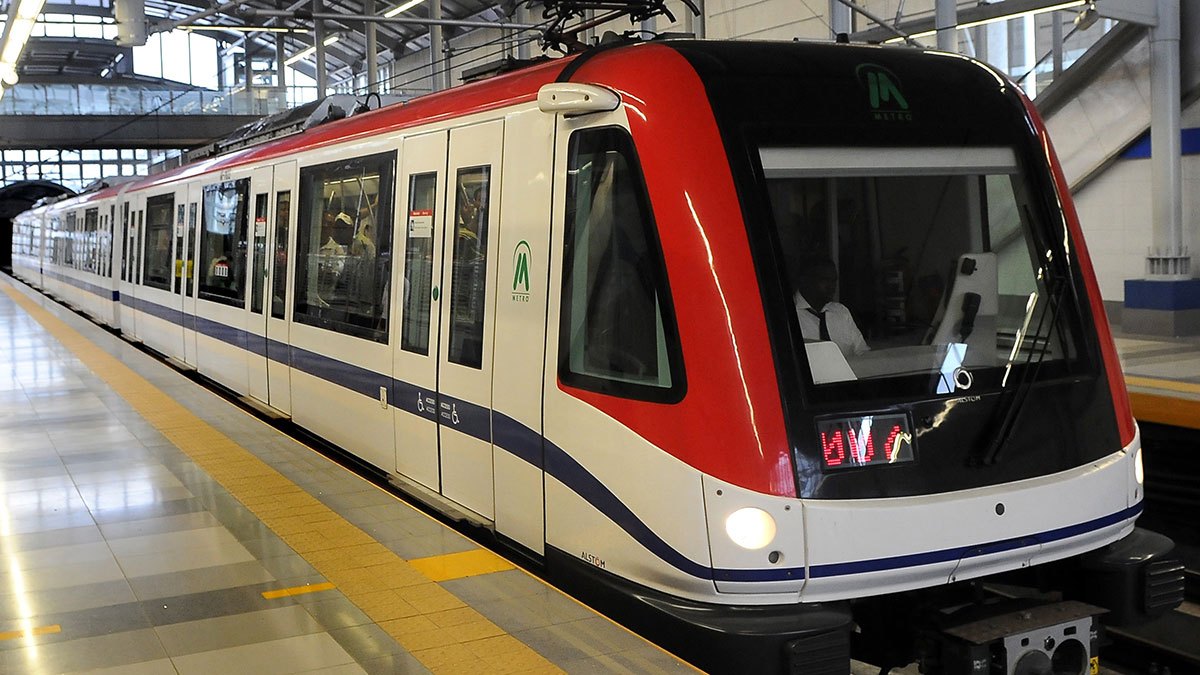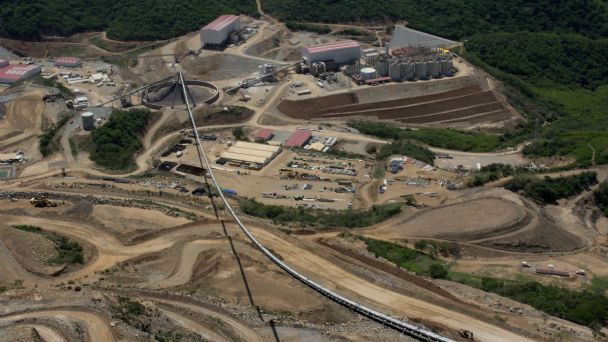Going from heavy engineering to lightweight composite materials has changed the fortunes of one Australian company, as Alan Swaby discovers.
It’s not that the world is short of oil and gas. No, there is still plenty—but none of it is in readily accessible places any more. Deep water offshore drilling continues to find new reserves—but at depths of up to 3,500 metres or more, and you can imagine what 3.5 kilometres of steel tubing weighs.
“Without the new generation of lighter materials we offer,” says Aaron Begley, CEO of Matrix Composites and Engineering in Western Australia, “deep water drilling and extraction would be difficult.”
The materials in question are all composite in nature and generally fall under the heading of syntactic foam. In terms of engineering characteristics, they deliver high compression strength at low density while maintaining low levels of water absorption and thermal conductivity.
Syntactic materials first began to appear in the early 1960s when they were developed as buoyancy aids in a range of marine applications. Since then, they have been adopted widely, particularly by the aerospace industry which is always on the lookout for strength at lower weights.
‘Syntactic’ means ‘put together’ and in this case it means filling a resin matrix with hollow particles known as micro-balloons which are then bound together inextricably under vacuum. The hollow particles result in lower density and higher strength, and depending on the materials used, can also deliver radar or sonar transparency.
Matrix has developed over 100 such syntactic mixes to offer varying combinations of density, mechanical and thermal properties, machinability and cost. But prior to the creation of Matrix, Begley’s expertise had been at the very opposite end of the engineering spectrum, running Begley International—his family’s heavy engineering business on the outskirts of Perth, producing components for the offshore oil & gas and iron ore mining industries.
“We became aware of syntactic materials,” he says, “through our dealings with oil companies and found that while there was a demand from the market, the industry as a whole had very low expectations with regards to quality, because the material is difficult to make consistently well. At the time we were looking for a more protected niche in the market than heavy manufacturing was providing, so although we didn’t have the technical knowledge to manufacture composite materials, we did understand the industry itself and felt that the rewards of doing a better job would be considerable.”
For the company to dip its toe in the water didn’t cost too much and within a couple of years of embarking on this strategy, the first deep water syntactic foam buoyancy block had been manufactured. One year later, in 1999, Matrix was established as a separate company and orders for syntactic components began to flow.
Since then, the investments have become progressively greater in order to develop the process side of the equation: Begley estimates that it has cost A$80 million to get the company to where it is today. But the current reality is impressive: having long outgrown the shared space it had at the heavy engineering plant in Malaga, Matrix now has its own dedicated large-scale plant across the other side of Perth in Henderson. It is a highly automated plant working around the clock that Begley estimates is 10 years ahead of the competition.
Leading-edge materials technology, advanced tooling systems, CNC machining and a hydrostatic pressure testing facility with a 7,500 PSI deep water simulation chamber—the largest of its type in the world—all contribute to the high quality reputation Matrix has gained for its products. And the rewards have followed: from a base of zero, syntactic materials currently accounts for 85 per cent of the group’s turnover, which last year amounted to A$183 million—a massive 87 per cent increase over the previous 12 months.
Matrix manufactures a range of proprietary monolithic and composite syntactic foams to depth ratings of 6,000 msw (metres sea water). The company's main syntactic foam production facility has the capacity to produce 8,000 litres of syntactic foam per hour and can cast 4,000 litre components in a single shot. Vacuum process, autoclave infusion and computer controlled curing processes work together to achieve consistent product quality. Standard, low density and ultra-light grades are offered to suit client specific applications.
The mainstay of production output is in marine riser buoyancy where Matrix is considered ahead of its two competitors, thanks to a combination of high quality, low density, strength and dimensional accuracy. To complete the services supplied to drilling contractors, Matrix supplies composite clamping and stop collars which replace traditional steel clamps for lighter riser weight and composite riser shims enabling safe stacking and running of slick joints.
Once a well has been brought in, oil producers turn from risers to a range of products that go under the heading of SURF—subsea, umbilical, risers and flowlines—designed to help get the oil and gas out and up from the sea bed. Then there is a range of products aimed at subsea operations, often involving the use of remotely operated vehicles (ROVs) and autonomous underwater vehicles (AUVs).
There is plenty of offshore exploration and extraction work on both the east and west sides of Australia—some of the projects involving truly enormous amounts of money in the tens of billions of dollars. There are even some applications open for onshore insulation products but Matrix follows offshore activity most closely. There is an office and warehouse in Houston with the possibility of manufacturing facilities in the future, which caters for the Gulf of Mexico. Brazil is another hotspot where the company has established an office.
Continued success will depend on the ability to operate in ever deeper waters. Here, Matrix is well equipped to meet demand: it has just been awarded a contract to provide riser buoyancy modules potentially worth A$35 million to $50 million per year for five years on the basis that it can develop new modules able to function at 4,500 msw—the greatest depth at which riser buoyancy modules have ever been used.
DOWNLOAD
 Matrix-EMEA-Feb12-Bro-s.pdf
Matrix-EMEA-Feb12-Bro-s.pdf













